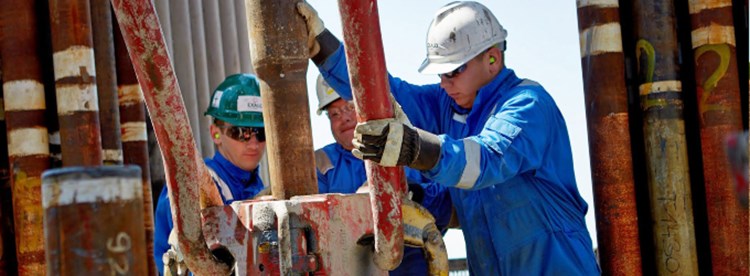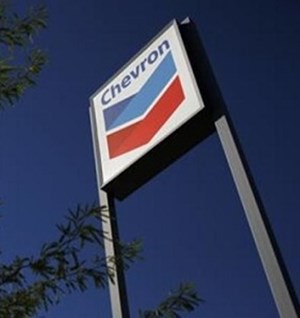
(WO) - The deal relates to Chevron’s 20% interest in the Athabasca Oil Sands Project and a 70% holding in the Duvernay shale, both in the province of Alberta, according to a statement from the company on Monday. The all-cash transaction has an effective date of Sept. 1 and is expected to close during the fourth quarter, subject to regulatory approvals.
The asset sale comes as Chevron focuses its growth plans increasingly in other parts of the world, notably the Permian basin in the U.S. and the Tengiz field in Kazakhstan, where a $48.5 billion expansion project is nearing completion.
Chevron is also in the process of acquiring Hess Corp. for $53 billion, a deal that would give it a stake in a massive offshore oil field in the South American country of Guyana, one of the world’s exploration hot-spots.
Chevron shares climbed as much as 1.3% before the start of regular trading in New York. It’s the latest big oil producer to divest a stake in Canadian oil-sands operations.
BP Plc, Shell Plc, ConocoPhillips, Equinor ASA and Devon Energy Corp. have all sold holdings in the mines and well sites of Alberta to local companies in recent years. That’s concentrated control of the oil sands in the hands of Canadian producers such as Canadian Natural Resources, Cenovus and Suncor Energy Inc.
Oil sands are among the most damaging energy assets to climate change. Crude from the basin must be dug from mines or forced from wells injected with steam, making them some of the highest carbon-emitting grades of oil in the world.
Canada’s oil sands have been in production for decades, but the industry is undergoing a significant change since completing the expansion of the Trans Mountain pipeline, which opened Asian markets for the country’s crude.
Previously, the Canadian oil industry was dependent on US-bound pipelines and American refiners, resulting in deeper discounts for its crude and leaving it vulnerable to price shocks. From June to mid-September, the pipeline expansion had allowed the shipment of 28 MMbbl of crude to the country’s west coast, almost two-thirds of which headed to China, India, South Korea and Brunei.
The Duvernay shale formation is in southwest Alberta and a rich producer of condensate, light oil and gas. Chevron has been one of the largest drillers in the region. Canadian Natural Resource expects its production from the assets will average the equivalent of about 60,000 bopd in 2025, with about 179 MMcfd of natural gas and 30,000 bpd of liquids, the company said in a statement.
Canadian Natural Resources is financing the deal with a $4 billion term loan from The Bank of Nova Scotia and the Royal Bank of Canada. Canadian Natural Resources also announced it would increase its quarterly dividend by 7%.

No comments:
Post a Comment